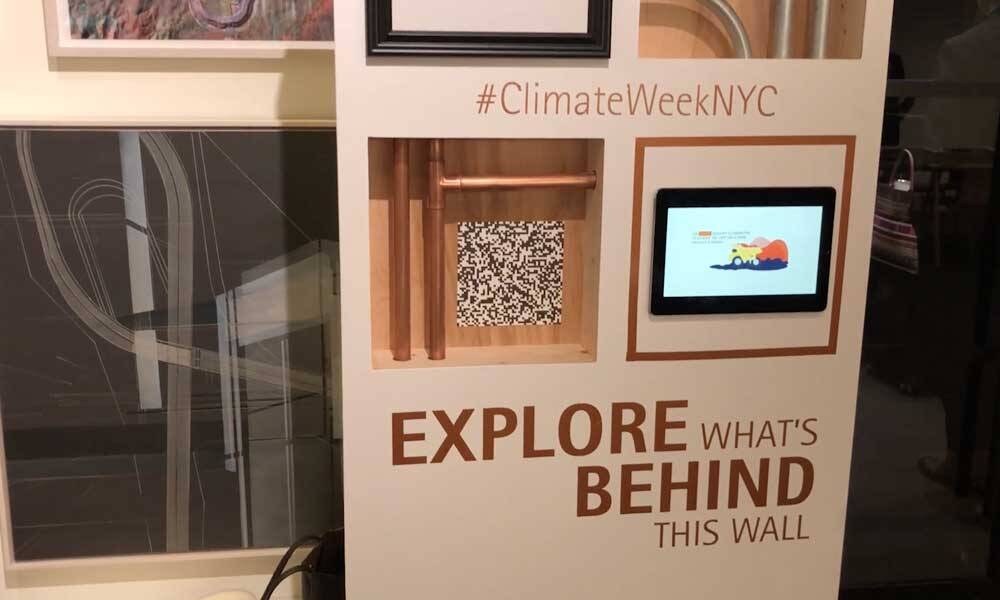
Capture Attendee Attention With Experiential Marketing Campaigns
A new Eventbrite report makes the case for embracing experiential marketing tactics in 2020 to grow your audience and get noticed. Here's a look at how it could work.
Earlier this week, I got a copy of Eventbrite’s Event Trends Report 2020. Close to 7,000 event creators from around the world provided their thoughts on how the industry is shifting and what tactics and techniques can be used to best navigate the changing landscape.
The report offered lots of food for thought, but what I found most interesting was the section that spoke to the marketing tactics that event pros must add to their arsenal in 2020. The report listed four: content marketing, video, public relations, and experiential marketing. Among those, experiential marketing is, I think, the one that associations have not yet fully explored and taken advantage of. The report backs my hunch up: 53 percent of event creators surveyed said they aren’t using this tactic yet. But of those that are, 90 percent find it to be effective.
So, what exactly is experiential marketing? According to Eventbrite, it’s is a strategy that engages consumers using branded experiences and roving activations that have a memorable impact. The report offers three examples of how it can be done:
- pop-ups at other large events that complement yours
- pop-ins at an environment such as a brand headquarters or vendor site
- taking your experience to the streets: public venues with a built-in audience
“If you’re looking to expand your audience or give people a taste of your event experience, it’s the perfect way to get noticed,” the report says.
If you’re still not sure how your organization could put it to use, consider how the International Copper Association used a pop-up activation at another event to highlight its work.
For 2017 Climate Week NYC, a sustainability event held adjacent to the UN General Assembly, ICA worked with APCO Worldwide to develop an integrated campaign to tackle the organization’s two main challenges. First, despite copper’s presence in almost everything we see and touch, most citizens are unaware of its role and importance. And second, copper has an infinite life cycle and can be recycled without losing any of its core properties, a concept that can be difficult to grasp.
The campaign included an augmented reality pop-up activation at the event to help visualize the importance of copper to green construction. ICA developed a custom app that could read QR-like codes on a physical display. When an iPad running the app pointed to the codes, attendees could explore three-dimensional imagery and captions detailing what was “behind the wall” and how copper was at the core of it all.
Hosting a series of pop-up events in parts of the country where your association doesn’t traditionally hold its annual meeting could be a great way to engage people who have never attended. Woo them with a one-day annual meeting pop-up that highlights the best of the best, and you may see your attendance numbers grow when the actual meeting comes around. Up the ante by holding it in a unique space like a shipping container or school bus.
What experiential marketing tactics do you think would bring the most benefit to your conferences? Please share in the comments.
A scene from a recent International Copper Association pop-up activation at its recent event. (Vimeo screenshot)






Comments